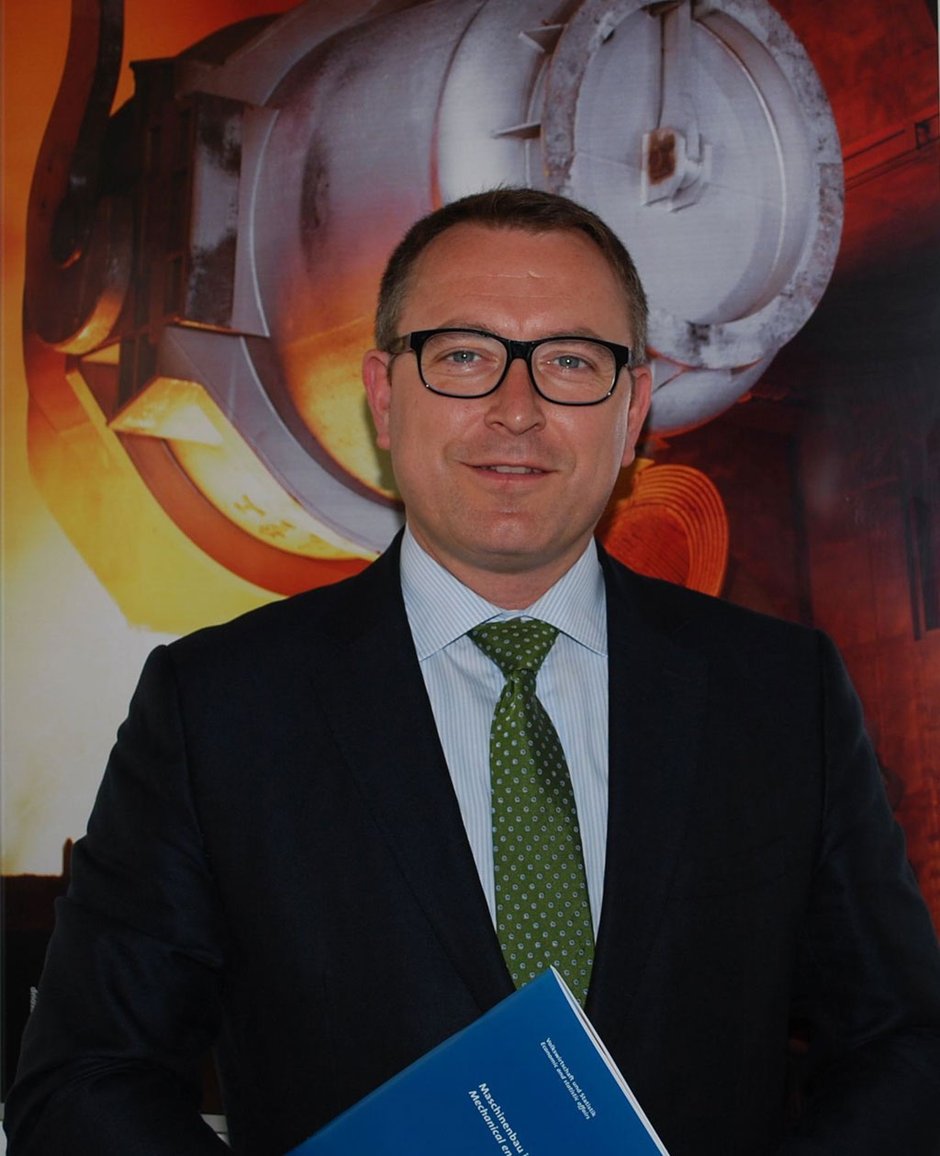Orders received in 2013: order level fell by 17 percent–sales in sector still up
Especially in the first half of 2013, orders received fell severely, on average by 34 percent in January to June compared with the above-average level experienced in the first half of 2012. “In 2013, orders received by the German thermo process technology industry fell by 17 percent compared with the previous year. Especially in non-EU export business, there was a lack of new orders. Nevertheless, work on orders received in previous years resulted in an increase of almost nine percent in sales,” said Dr. Timo Würz, Managing Director of the VDMA Thermo Process Technology specialist association in Frankfurt on Wednesday.
Compared with 2012, overall production by the thermo process technology sector rose by almost 11 percent to €1.9 billion, taking the sector near to the €2 billion level which was passed in 2010 and 2011.
Outlook for 2014: more new orders again
In the first quarter of 2014, new orders exceeded the low level recorded in the first quarter of 2013 by 33 percent. In the twelve-month period from April 2013 to March 2014, it was only in orders from other non-EU countries that there was a slight fall. For the first time since the autumn of 2012, on average for all the regions, once again the threshold towards growth was crossed. Industrial furnace producers participating in the economic situation survey of the specialist association at the beginning of the year expect moderate growth in sales and orders for 2014 as a whole – single-digit growth is expected, with about four percent growth in sales and five percent growth in orders.
2013: export sales reflect structural changes in market
While the world market for thermo process technology stagnated last year (based on an estimate for the seven largest supplier countries), German exports fell. Germany, the world market leader in the sector, recorded a decrease of about six percent in the value of goods exported. The total volume of exports was about €1.9 billion*. Deliveries to China fell by more than a quarter (€247 million). According to import statistics, China imported thermo process technology equipment with a value which was down about 16 percent in total. Exports to North America were about one-fifth below the previous year’s figure (€213 million). Especially falls in exports to the USA and Mexico had a negative impact. Growth of 71 percent was recorded in exports to India (total value €67 million). Exports to Africa (total value €60 million) also rose – by 30 percent on average for all regions. In 2013, exports to Africa were at about the same level as to South-East Asia.
Among the other five largest supplier countries, Italy and China reported rises in exports last year (rises of two and five percent respectively), while exports from the USA and Japan fell by three and 19 percent respectively.
The ifo business climate index for industrial furnace producers reached a low point at the beginning of the year. “As a result of a cautious attitude to investment in a number of European countries and upheavals in the metallurgical sectors in China, exports by the German thermo process technology sector also fell at the beginning of the year. Despite a challenging environment, further exacerbated by the development in the euro exchange rate, the ifo index shows that companies have adopted a more positive view of their competitive position in the world market since the beginning of the year,” said Würz, commenting on the position of the sector. He added:
“The thermo process technology sector is characterised by medium-sized companies. As suppliers of key technology for manufacturing industry, they are subject to the impact of the very different economic cycles of different customer segments. We expect that the positive outlook for the automobile and component production sectors will have a beneficial impact on furnace production in the medium-term future.”
###COMPANY_LINK### <link http: tpt.vdma.org _blank external-link-new-window external link in new>![]() VDMA.org
VDMA.org


